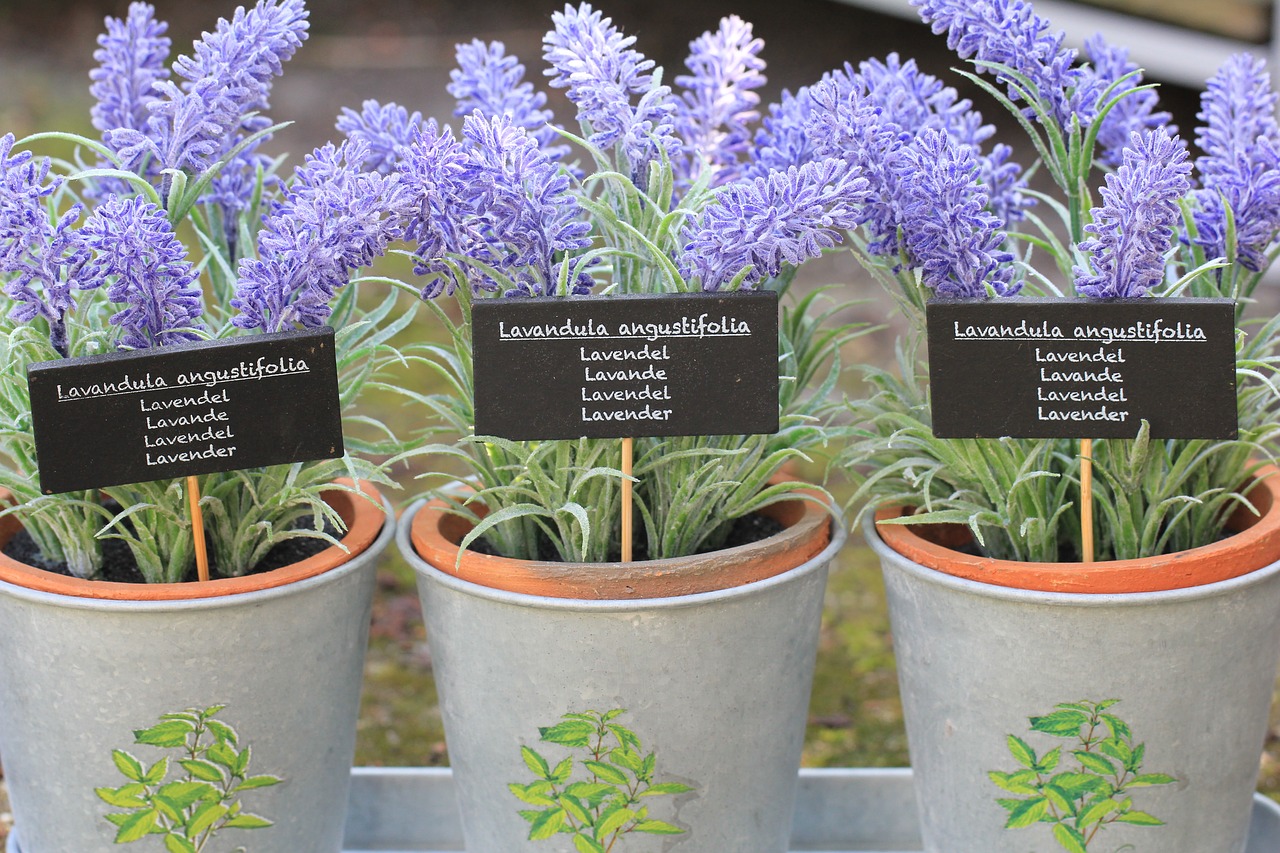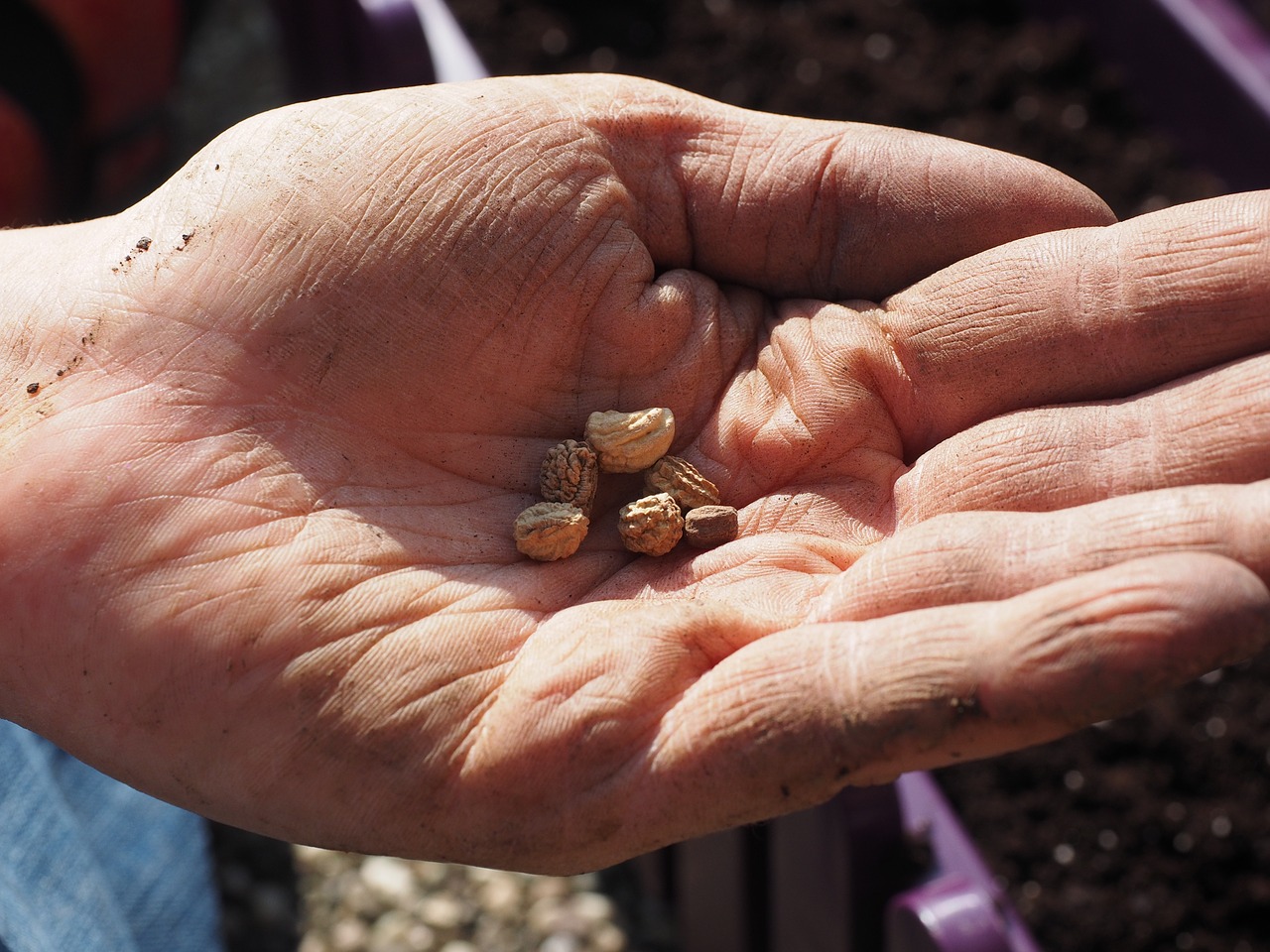How to Grow A Plastic Free Garden
By: Raymond Poole

Having a home garden is a great way to not only grow your food but it also helps cut down on waste in the environment. However, it can be tricky to source items for a newly established garden without using any extra plastic. Consider these ways that you can grow a plastic-free garden to support your health with nutritious food while supporting the health of your local environment.
Get Topsoil Delivered
You’ll find many options for topsoil at the local garden center, but most, if not all, of these options, include some plastic packaging. Consider calling around your local area for a topsoil company that can deliver a load of soil directly to your home. Using topsoil will cut down on the need for plastic packaging and will also relieve you of hauling dirt from a garden center. Ask the soil company about how much soil is in each load and make sure to measure your garden to order the right amount. Use extra soil for potted plants or add topsoil to bare areas of your yard to support an eco-friendly lawn as well.
Use Organic Energy
Any kind of fertilizer that you purchase from a store will most likely be pre-packaged in either plastic containers or bags. Choosing natural energy sources, like compost or manure, can be a great way to grow a plastic-free garden. Compost piles are easy to establish but will take some time to produce usable compost for the garden. Consider asking around your area for anyone who has a compost pile that would be willing to let you purchase some. Manure is another excellent resource that many local farmers will have readily available. Keep an eye out for local farmers in your area with cows or rabbits that can provide an excellent energy source for a plastic-free garden.
Purchase Seeds
Many seed packets are made from paper and are entirely recyclable when you plant the seeds. Choosing different seeds for your garden will depend on your eating preferences and what does well in your area. Consider sharing seeds with friends or neighbors as many seed packets contain more seeds that are needed. Once you establish your garden, you’ll be able to save seeds every year making your garden planting even more environmentally friendly.

Get Creative with Pots
While some garden centers offer seedlings in biodegradable containers, many of the pots available in garden centers are plastic. Getting creative with using other kinds of flowerpots, like glass or clay options, is an essential aspect of a plastic-free garden. Other options include using cardboard egg cartons for starting seedlings. Virtually anything that can hold the soil can become a pot. We’ve even seen some gardeners use old worn out shoes or boots that provide enough space to keep a plant while also having holes in the bottom for drainage.
Use Natural Markers
It can be easy to forget what you planted in a garden especially when the plants are young. Make sure to provide markers in the garden that state the name of the plant and the specific variety for easy identification later on. Paint the information on wooden markers and put them into the soil as well as rocks at the end of each row. These natural forms of tags will weather well in the rain as well as provide a plastic-free option for plant identification (Note: you can also make tags from used wooden toothbrushes).
Growing a plastic-free garden may take a bit more energy and time to establish, but the final product is well worth the effort. Call around your area for suppliers that can provide items for your garden without the use of plastic packaging. Talk to friends and neighbors who are also choosing to garden plastic free to share details and useful tips that they’ve learned. Doing all of these things will help when learning to grow a plastic-free garden that offers more than just one way to benefit the environment.
Raymond Poole is an organic cooking and gardening fanatic. He spends his free time trialing and testing different growing techniques to make his beloved fruit and vegetable garden flourish to full flavor.
